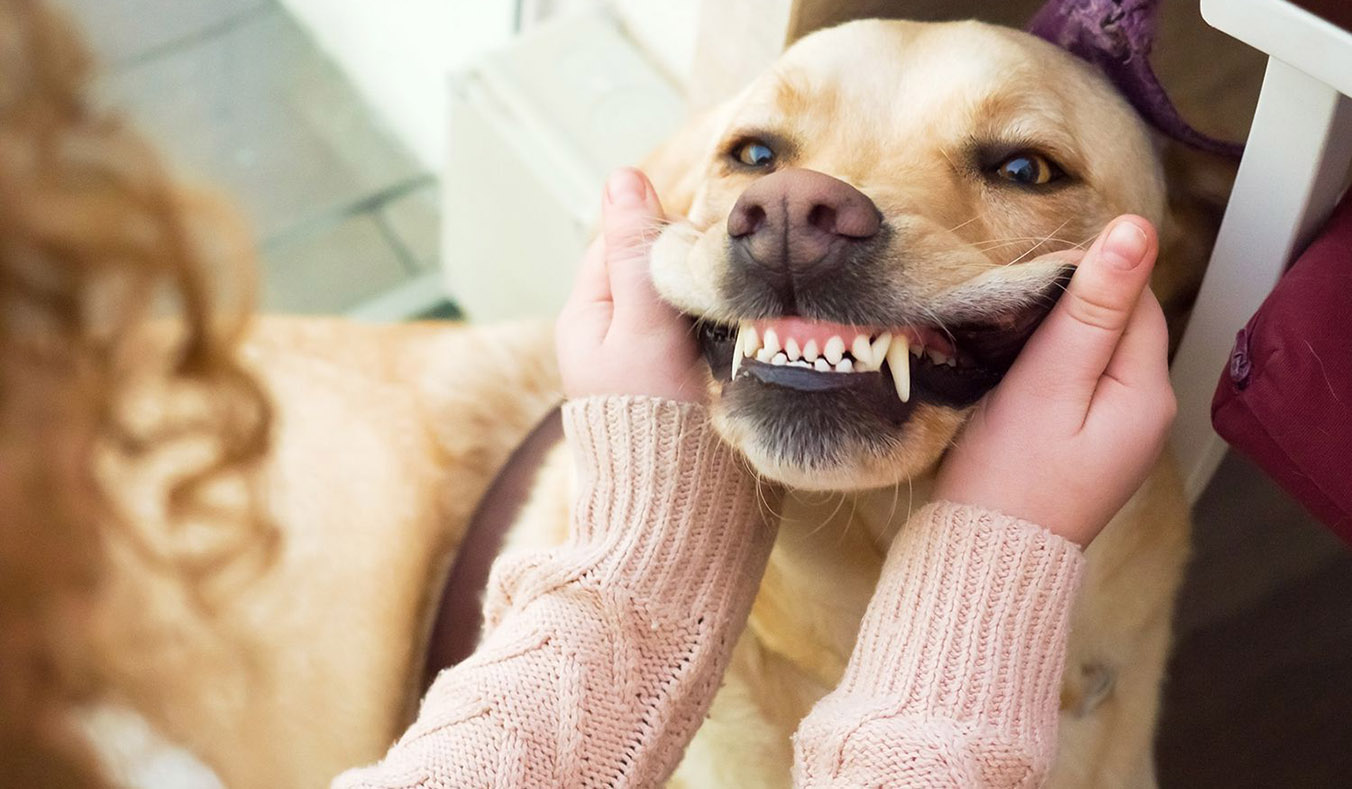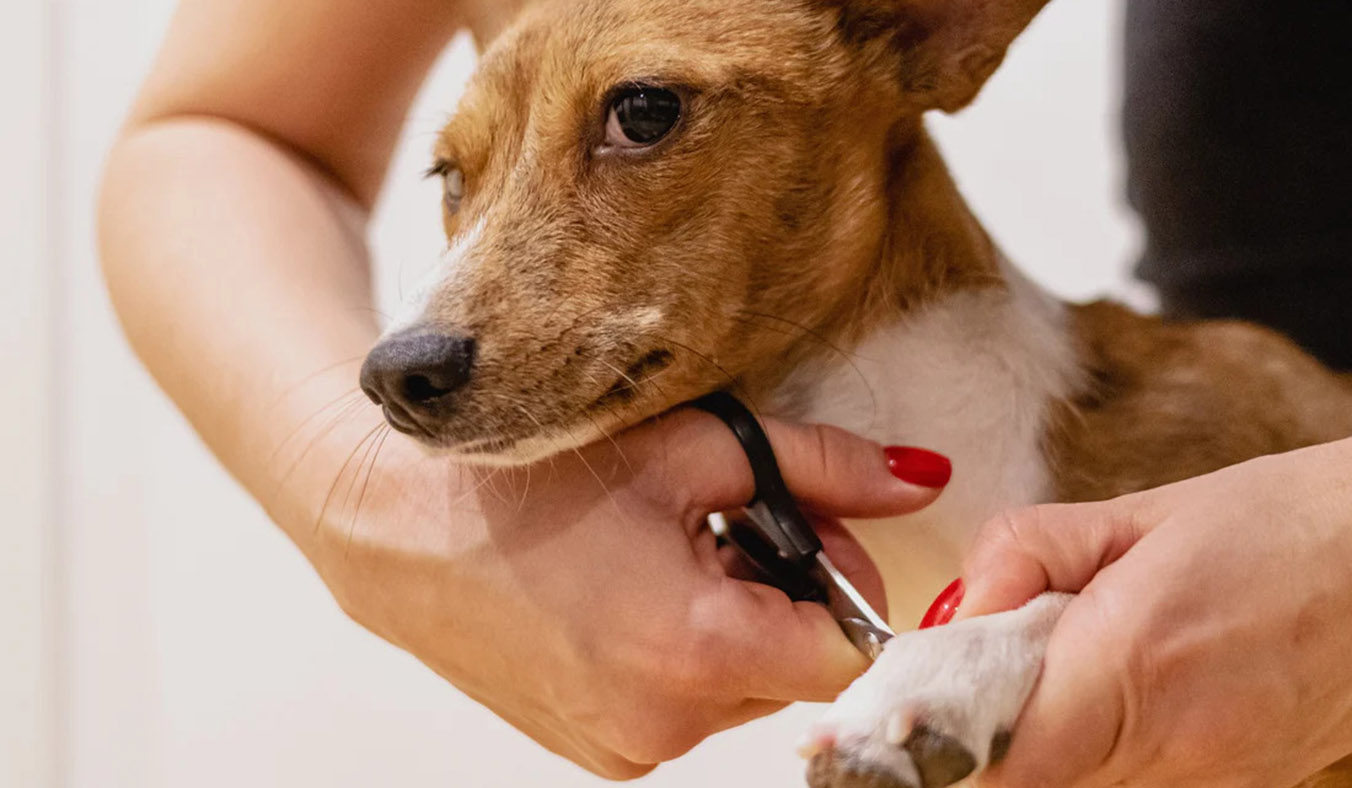Just like humans, our pets can suffer from dental problems. It’s important to understand a few tips to slow down or prevent these issues. Proper dental care is vital for the overall health of your pets, whether they are carnivores like dogs and cats, or herbivores like rodents and rabbits. I’ll cover everything you need to know about caring for your pet’s teeth, including the importance of diet, daily dental care routines, and the role of regular veterinary check-ups.
The Importance of Diet in Dental Health
Rodents and Rabbits
Rodents and rabbits have unique dental needs due to their specialized diets and natural behaviors. These animals are caecotrophs, meaning they ingest part of their excrement to recover essential nutrients like proteins, fatty acids, and vitamins. This process is normal and crucial for their health, but dental problems can disrupt it, leading to nutritional deficiencies.
The diet of these animals is primarily composed of hay, green foods, and pelletized plant-based foods, along with occasional fruits. In the wild, for example, rabbits consume about 80% grass, which is high in fiber. Therefore, it is essential that their diet be rich in fiber to promote proper dental wear. Unlike humans, dogs, and cats, the teeth of rodents and rabbits grow continuously throughout their lives. They need to wear down their teeth gradually to prevent overgrowth.
Problems Associated with Improper Diet:
- Insufficient Fiber Intake: If their diet lacks sufficient fiber (e.g., not enough hay and too many pellets), their teeth won’t wear down properly, leading to dental overgrowth or malocclusions. This can result in the teeth growing too long or in the wrong direction, preventing the animal from eating correctly.
- Incisor Issues: The upper incisors can curl inward and puncture the roof of the mouth.
- Lower Incisors: These can grow excessively forward, injuring the upper lip or palate.
- Molar Problems: Molars can form sharp points or grow in circles, leading to injuries in the mouth, particularly the tongue.
It’s important to note that malocclusions are often hereditary, so it’s advisable not to breed animals with these issues.
Domestic Carnivores: Dogs and Cats
Historically, dogs and cats fed on meat from small rodents or rabbits they hunted or kitchen scraps provided by their owners. Nowadays, solid food in the form of kibble or wet food in the form of canned food has largely replaced these traditional feeding habits.
Common Dental Issues:
One of the most common dental issues in dogs and cats is tartar buildup, leading to periodontal disease. This condition involves the excessive proliferation of bacteria in the mouth, combined with inflammation of the gums (gingivitis). A layer of bacteria, known as plaque, forms continuously on the teeth, even if they appear clean. Over time, this plaque can calcify and form tartar.
Periodontal disease is widespread among pets:
- Dogs: Two-thirds of dogs over three years old, and up to 80% of dogs over five years old, suffer from this condition. Certain breeds, particularly small dogs like Dachshunds, Cavalier King Charles Spaniels, Bichons, and Yorkshire Terriers, are more prone to tartar buildup.
- Cats: While cats are less affected than dogs, about 30% to 70% of cats suffer from tartar buildup, depending on the study.

Dietary Considerations:
- Wet Food vs. Dry Food: Wet food (pâté) tends to promote tartar formation more than dry food (kibble) because it requires less chewing. The mechanical action of chewing dry kibble helps slow down tartar formation naturally. Additionally, some treats are detrimental to dental health. Sugary and sticky treats should be avoided, as well as overly rich foods.
- Specialized Kibble: Some brands of kibble are specially designed to reduce tartar buildup. These kibbles are formulated or shaped to increase the abrasive action of food on teeth, helping to prevent periodontal disease.
- Chewing Aids: Another option is to provide bones, dental chews, or dental sticks. Dogs often see these as treats, and the texture of these products encourages chewing, which in turn has a self-cleaning effect on their teeth. This helps reduce plaque accumulation.
The Importance of Regular Oral Care
Brushing Your Dog’s and Cat’s Teeth
Brushing your pet’s teeth remains the best preventive measure against tartar buildup, especially in small dogs. Regular brushing (three to five times a week) with a toothbrush and toothpaste specially designed for pets helps reduce the risk of tartar formation and maintains healthy gums. However, this method can be challenging, depending on your pet’s temperament.
Tips for Successful Brushing:
- Consistency: Regularity is key to effective brushing. Starting when the pet is young can make the process easier.
- Combining Techniques: It’s often beneficial to combine brushing with the use of dental chews for better preventive results.
- Patience with Cats: While brushing a cat’s teeth may seem difficult, it is not impossible. With patience and persistence, it’s possible to achieve surprising preventive results.
Dental Gels and Water Additives
If brushing is not feasible, dental gels are an alternative. These gels protect your pet’s teeth by containing enzymes that slow down plaque formation. However, applying the gel directly to the teeth is necessary.
Water Additives:
- Ease of Use: Another alternative is using water additives that contain ingredients promoting good dental health. These are simple to use and can be an effective supplement to brushing.
Monitoring Baby Teeth in Puppies and Kittens
For dogs and cats, some baby teeth may not fall out as they should. It’s crucial to monitor this because retained baby teeth can promote periodontal disease. A dental check-up by your veterinarian during your pet’s early puberty can ensure that their teeth are correctly aligned and remove any extra teeth if necessary.
Regular Veterinary Check-Ups
Whether you have rodents, rabbits, or dogs and cats, your veterinarian is your best resource for dental care advice and evaluations. Regular veterinary visits are essential for monitoring and maintaining your pet’s dental health.
Routine Dental Procedures:
- For Herbivores: Problems like overgrown teeth in rodents and rabbits can often be managed by your veterinarian, who can trim or file down the excess growth. Your vet can also advise on dietary changes to prevent future issues.
- For Carnivores: Regular dental cleanings (scaling) are recommended, typically starting around 5-6 years of age for dogs and a bit later for cats. The frequency of these cleanings is usually every two years, depending on the breed and the severity of tartar buildup.
Anesthesia Considerations:
- Anesthesia for Cleanings: Dental cleanings for pets are performed under general anesthesia. The frequency of cleanings can vary widely based on the breed. Small dogs, in particular, may require more frequent cleanings due to their predisposition to tartar. By maximizing preventive measures like proper diet and regular brushing, you can reduce the need for frequent cleanings and thus minimize the number of anesthesias your pet undergoes.

Dental care is a critical component of your pet’s overall health. By ensuring they receive the appropriate diet, maintaining a regular oral care routine, and scheduling consistent veterinary check-ups, you can prevent many dental problems before they become serious. Each pet is unique, and their dental care should be tailored to their specific needs, taking into account their species, breed, and individual habits. With proper attention and care, you can help your pet maintain a healthy and pain-free mouth throughout their life.



